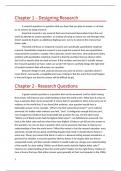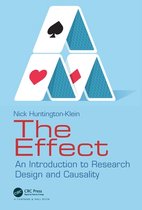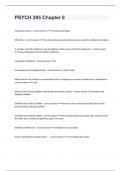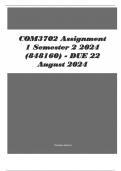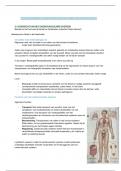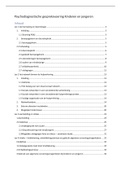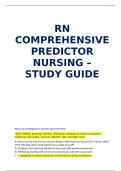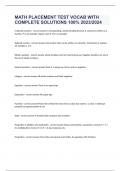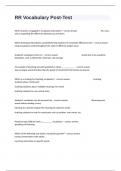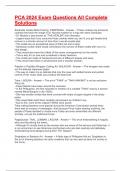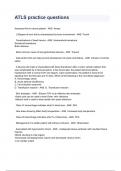Samenvatting
Samenvatting leerboek The Effect en artikel Whetten (1989)
- Instelling
- Vrije Universiteit Amsterdam (VU)
- Boek
- The Effect
Dit is een samenvatting van de leerstof voor het vak Quantitative Research Methods aan de premaster van de VU. De samenvatting bevat alle leerstof die mij in 2023 is opgedragen vanuit de VU aangaande het boek The Effect, H1, H2, H3 (excl. §5), H4 (excl. §6 en §7), H5, H13 + het additionele arti...
[Meer zien]
